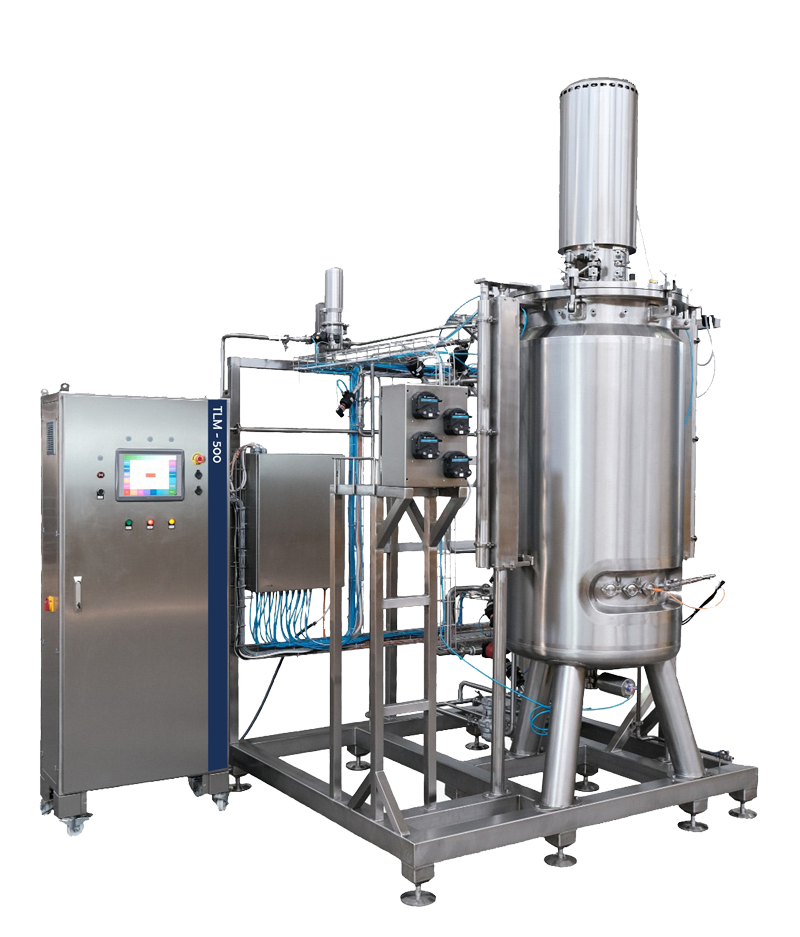
Biofertilizer Production with Talamus Bioprocess 4.0
Biofertilizer production is an important aspect of modern agriculture, as it helps improve soil fertility, plant growth, and productivity in a sustainable way. There are different ways to produce biofertilizers, but the most common method involves fermentation. The process of biofertilizer production in fermenters mainly involves the development of strains, upscaling of biomass, and formulation using a solid or liquid base. The following are the steps involved in biofertilizer production in fermenters:
- Selection of efficient microbial strain
- Cultivation of the strain using a specific nutrient medium
- Scale-up of the biomass
- Formulation using a solid or liquid base
Biofertilizers are grouped into different types based on their functions, such as nitrogen-fixing, phosphate-solubilizing, phosphate mobilizing, and other plant growth-promoting biofertilizers. Solid-state fermentation and submerged fermentation are two main types of fermentation used for the production of biofertilizers. Each type of biofertilizer is prepared by selecting an efficient microbial strain, cultivating it using a specific nutrient medium, scaling up the biomass, and formulating it using a solid or liquid base. The knowledge about the host specificity of the microbial strain and properties of soil is important for the successful production of biofertilizers.

Benchtop Bioreactor

Pilot Bioreactor
